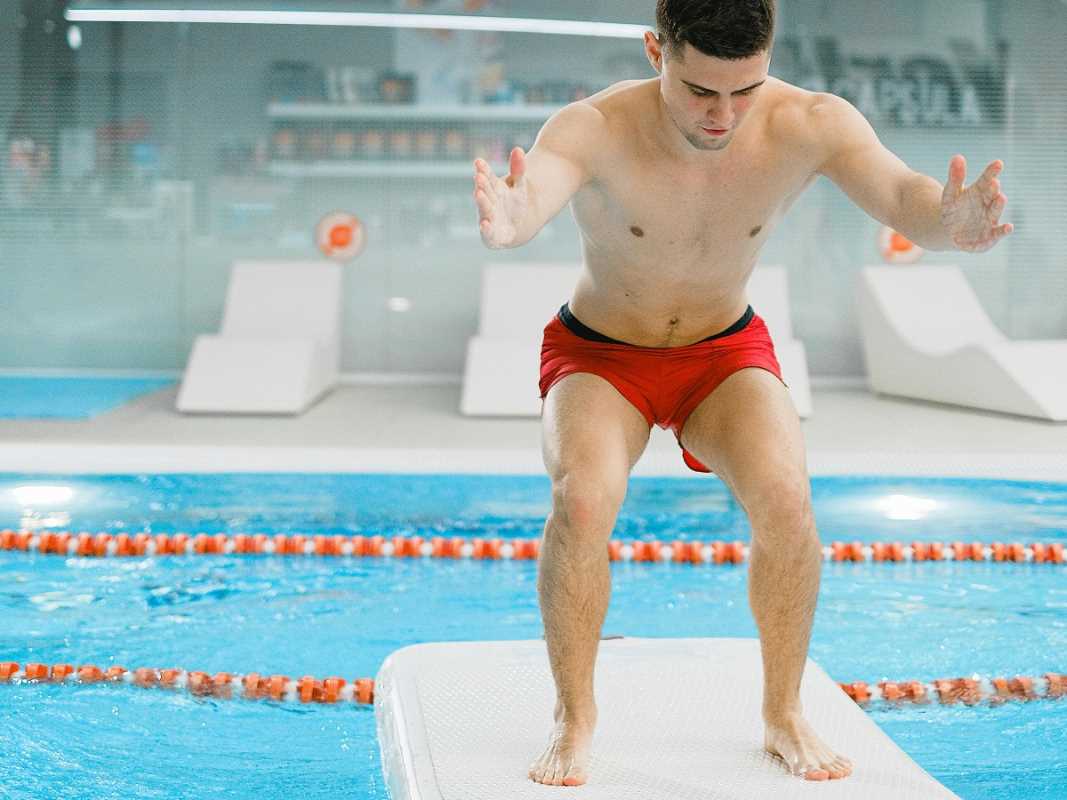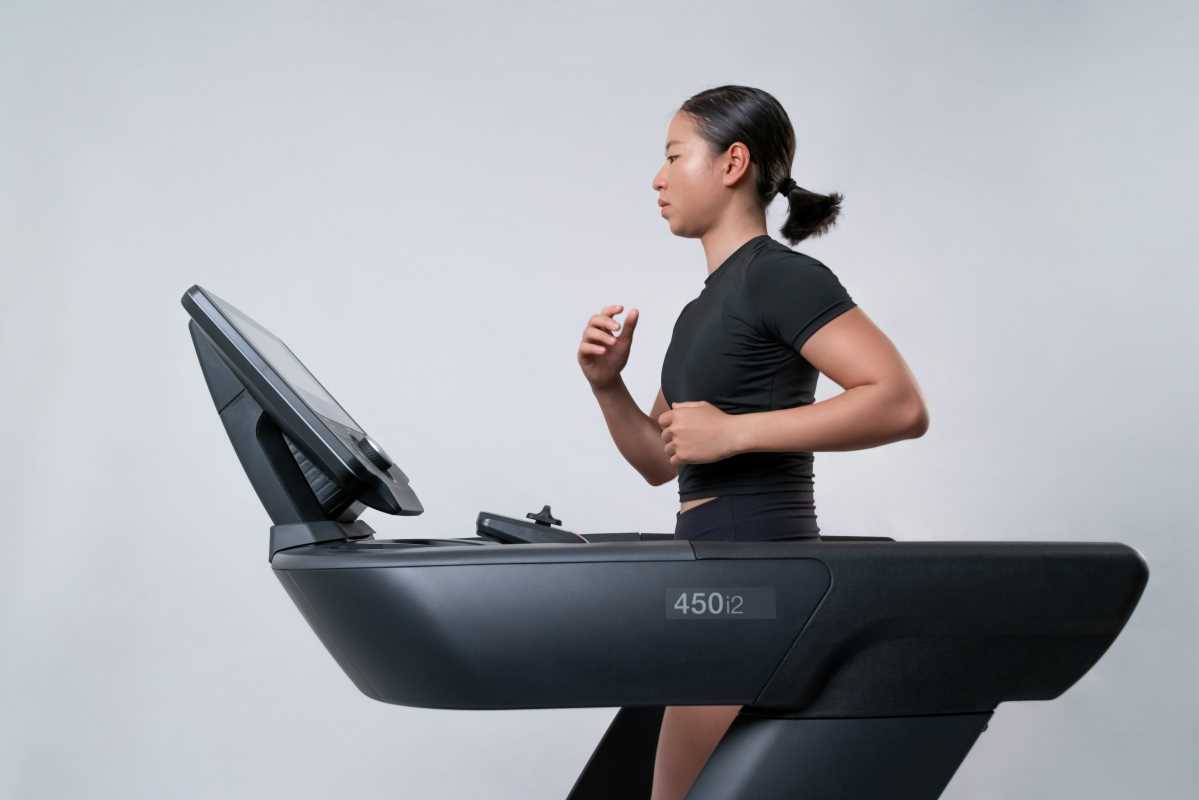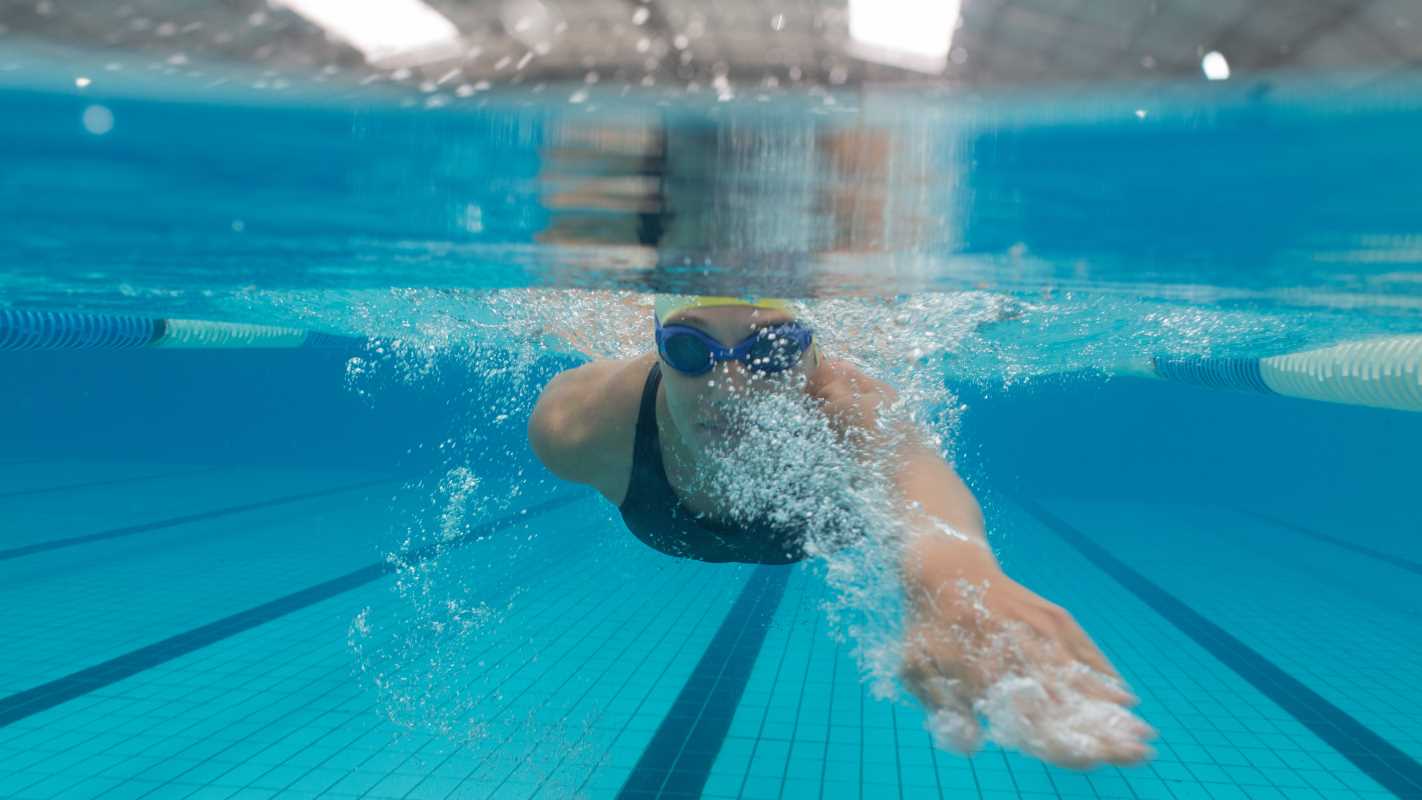Sharpening your sprinting technique requires more than just explosive speed; it calls for careful attention to every detail of your form. Small changes in how you move can lead to significant improvements in your performance, often surpassing the impact of standard training routines. By focusing on the biomechanics behind each stride, you can find ways to boost your speed and protect your body from strains or injuries. Tuning into the way your muscles, joints, and posture work together lets you unlock greater efficiency on the track, helping you push your limits with every run.
The tips and insights presented here focus on practical changes supported by science and real-world success. Changing your routine might feel challenging, but with small, targeted tweaks, you can start to see immediate improvements in your speed and overall performance.
The Science Behind Sprinting Efficiency
Sprinting involves a complex coordination of muscles, joints, and nerves working together in perfect harmony. Biomechanics plays a key role in how energy transfers from your body to the track, making each stride count. Understanding your body’s mechanics gives you the power to make technical tweaks that boost performance.
Refining your movement improves your efficiency, meaning you get more speed with the same effort. Focusing on precise adjustments allows athletes to reduce wasted motion and maximize forward momentum, ultimately leading to better sprint times.
Common Biomechanical Mistakes in Sprinting
Many sprinters unknowingly fall into repetitive mistakes that slow them down. They often stick to habits like over-striding or neglecting the proper use of their arms, causing imbalances in their motion. These issues can limit the explosive power needed during a race.
Poor posture and misaligned foot strikes are other common mistakes, both of which reduce an athlete's ability to generate optimal force. Recognizing these errors is the first step toward making effective changes that will improve your sprinting skills.
Five Overlooked Adjustments for Better Sprinting
By zooming in on subtle modifications, you can see noticeable improvements in your performance. These adjustments help you unlock untapped potential while reducing the strain on your body. Here are five focused improvements that many top athletes consider game changers:
- Adjust your foot strike: Experiment with a mid-foot landing to improve the force transfer from your foot to the track. Incorporating biomechanical adjustments to boost sprinting efficiency will help you refine your technique and reduce braking forces.
- Optimize hip drive: Engage your hips actively to increase your stride power. Focus on explosive movements during the drive phase to harness your lower-body strength effectively.
- Improve arm swing: Focus on a relaxed yet purposeful arm motion. Quick, controlled swings help balance your body and provide extra momentum with each stride.
- Strengthen core stability: Enhance your trunk stability to maintain proper form during high-speed runs. A strong core stabilizes the entire body, allowing your limbs to function more effectively.
- Perfect the recovery phase: Work on retrieving your leg efficiently to prepare for the next explosive stride. A short, quick recovery keeps you in rhythm and minimizes energy loss.
Each of these adjustments reduces unnecessary movements while enhancing power transfer. Together, they create a smoother, more efficient sprinting motion that’s hard to beat.
Integrating these tweaks into your training routine not only boosts speed but also decreases the risk of common running injuries. This holistic approach targets both performance and longevity in the sport.
How to Implement These Adjustments in Your Training
Turning theory into practice requires a thoughtful approach. Begin by incorporating small changes during your warm-up and gradually progress to full-speed drills. Consistent practice makes these adjustments more effective.
- Dedicate part of each training session to drills focusing on one key area such as leg recovery or hip drive.
- Record your sessions to review your form, ensuring you align your movements properly.
- Include strength and flexibility workouts aimed at improving core and hip stability.
- Gradually increase the complexity of drills as you become more comfortable with each adjustment.
- Seek feedback from coaches or peers to identify and correct any errors that persist.
This focused approach ensures you don’t feel overwhelmed by changing your entire technique at once. Step-by-step improvements pave the way for sustainable progress in your sprinting performance.
Regular self-assessment and tweaking your drills based on results can lead to breakthroughs in speed and efficiency. Mixing these drills with your regular training sessions keeps your routines fresh and highly effective.
Real-World Impact: Success Stories & Emerging Trends
Athletes who adopt these detailed adjustments report noticeable improvements not only in speed but also in overall endurance and reduced injury downtime. Many sprinters have integrated these tweaks into their routines, sharing stories of sharper acceleration and better performance curves during competitions.
Emerging trends indicate that paying close attention to biomechanics is transforming sprinting techniques. Rising stars in sprint events spend time fine-tuning overlooked adjustments, and their progress serves as motivation. Seeing these changes lead to measurable performance gains proves that small tweaks can have a big impact on the field.
Small adjustments can significantly boost your sprinting results. Embracing these practical tweaks might give you an edge on the track, providing a fresh outlook on training that balances power with accuracy.
Use these insights in your training to run faster and more efficiently. Remember, improving your form takes time and consistent effort.
 (Image via
(Image via





